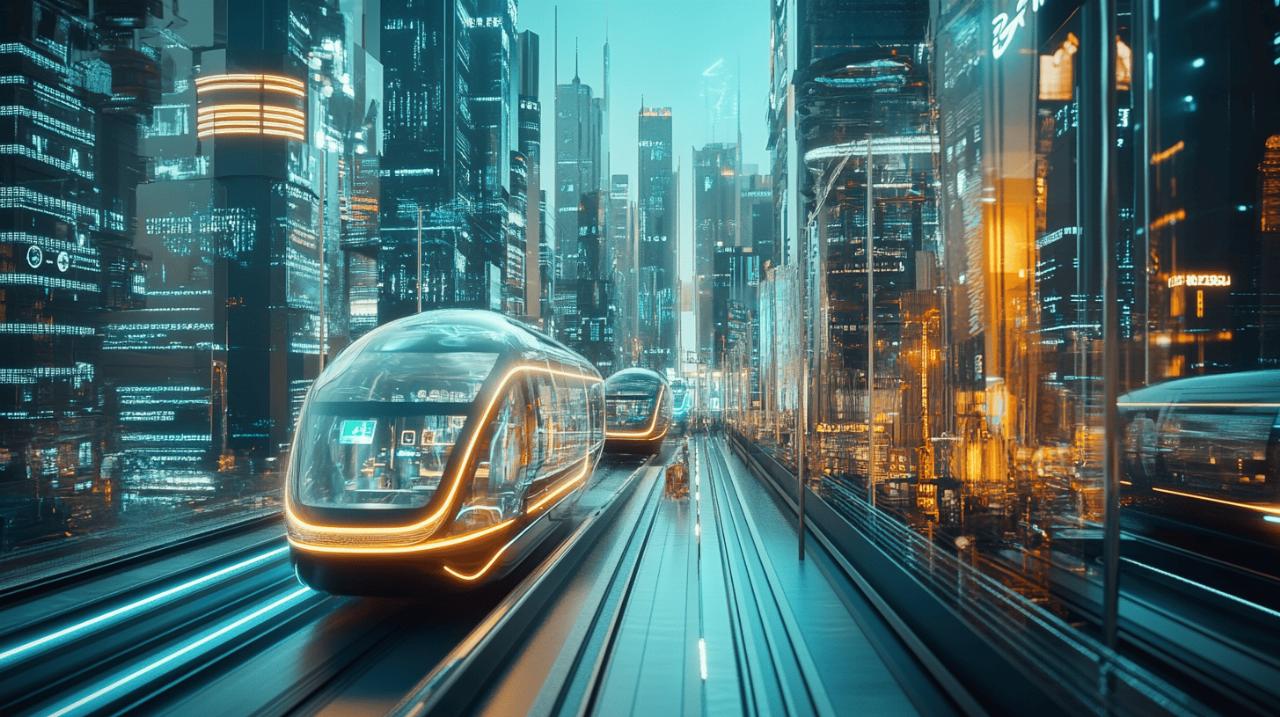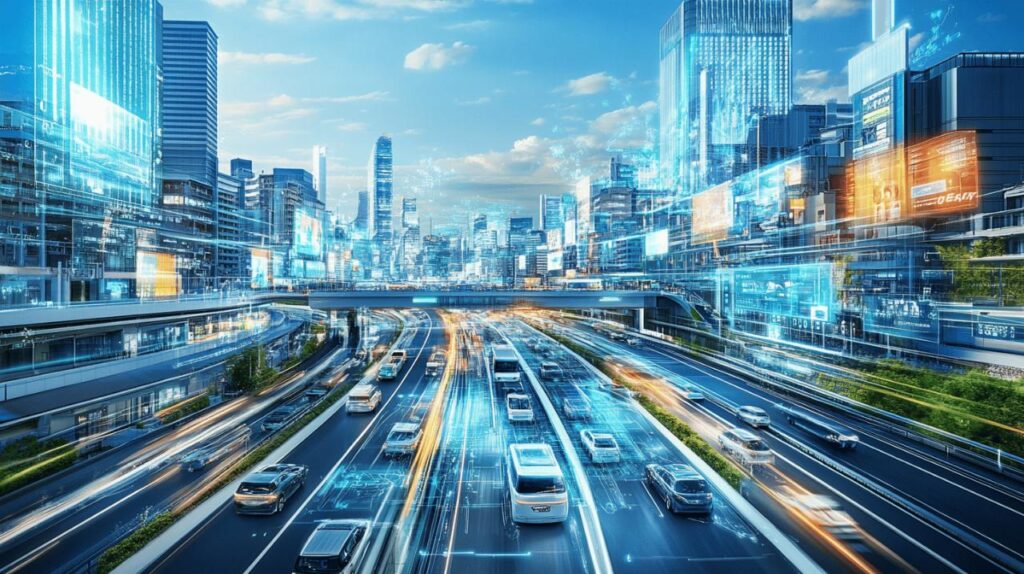As our world becomes increasingly digital, the landscape of transportation is experiencing a profound transformation. Connected mobility represents the next frontier in how we move, addressing critical challenges like congestion, emissions, and safety through intelligent systems. This revolution isn't just changing vehicles – it's reshaping entire cities and redefining our relationship with transportation.
Revolutionary transport technologies reshaping mobility
The modern transport ecosystem is rapidly evolving beyond traditional vehicles and infrastructure. Digital innovations are creating unprecedented opportunities to solve longstanding mobility challenges. Auto History verification and transparency systems, for instance, are becoming essential components of the connected vehicle marketplace, allowing for better decision-making when purchasing used vehicles and ensuring proper maintenance records are accessible across digital platforms.
Smart infrastructure and integrated transport networks
The backbone of connected mobility lies in intelligent infrastructure that communicates with vehicles and users in real time. Vehicle-to-X communication technology enables cars, buses, and emergency vehicles to interact with traffic signals, roadside units, and other infrastructure elements. For example, in the Czech Republic, 101 C-ITS Roadside Units have been installed on highways to improve safety and traffic flow. These systems can prioritise public transport to ensure punctuality or create green corridors for emergency vehicles responding to critical situations.
Smart traffic management solutions are transforming urban mobility by collecting and analysing data from various sources, including vehicles, pedestrians, and environmental sensors. This information powers adaptive traffic signal systems that adjust timing based on current conditions rather than fixed schedules. The result is smoother traffic flow, reduced congestion, and lower emissions in busy urban centres.
Autonomous vehicles and their impact on urban planning
Self-driving cars represent perhaps the most revolutionary development in modern transportation. Currently undergoing extensive testing, autonomous vehicles could be navigating motorways by 2025, fundamentally changing how we think about mobility. The implications for urban planning are profound as cities may need fewer parking spaces, potentially freeing up valuable land for housing, parks, and community spaces.
The shift toward autonomous vehicles challenges traditional urban design principles that have centred around private car ownership for decades. As self-driving technology matures, cities will need to redesign streets, kerbs, and public spaces to accommodate new movement patterns and vehicle types. This transition presents both challenges and opportunities for urban planners looking to create more livable, sustainable communities while ensuring safe integration of autonomous systems with existing transport networks.
The evolving landscape of digital transport systems
Digital transformation extends beyond physical infrastructure into the services and experiences that shape modern mobility. The integration of artificial intelligence, big data analytics, and user-centric design is creating transport systems that are more responsive, efficient, and tailored to individual needs than ever before.
Data-driven mobility solutions and personalised travel experiences
Modern transport systems increasingly rely on vast amounts of data to optimise operations and improve user experiences. Mobility apps provide real-time information about transport options, allowing travellers to make informed decisions based on current conditions. These platforms often integrate multiple modes of transport, from public transit to bike-sharing and ride-hailing services, offering seamless multi-modal journey planning.
The personalisation of travel experiences represents a significant shift from traditional one-size-fits-all transport models. Digital platforms can now learn user preferences, suggest optimal routes based on historical patterns, and even anticipate needs before they arise. This level of customisation not only improves convenience but also helps distribute demand more efficiently across transport networks, potentially reducing peak congestion and improving overall system performance.
Sustainability and efficiency gains through connected transport
Connected mobility offers promising pathways toward more sustainable transport systems. Electric vehicles integrated with smart charging infrastructure represent a crucial component of green transport strategies. Meanwhile, traffic management systems that reduce idling time and congestion directly translate to lower emissions and improved air quality in urban areas.
The micro-mobility revolution, currently valued at approximately $180 billion globally and projected to reach $440 billion by 2030, offers sustainable alternatives for short trips. Electric scooters, shared bicycles, and other small vehicles provide efficient last-mile solutions while reducing the carbon footprint associated with traditional transport modes. Digital systems that manage these services ensure optimal distribution and availability while collecting valuable data on movement patterns that can inform future infrastructure investments.
Vehicle maintenance is also being transformed through connectivity, with predictive analytics helping to identify potential issues before they cause breakdowns. This proactive approach extends vehicle lifespan, reduces waste, and improves safety while lowering overall operating costs. Similarly, administrative processes like registration, insurance, and licensing are increasingly moving to digital platforms, reducing paperwork and streamlining compliance requirements for vehicle owners.
As we look toward the future of connected mobility, the integration of these technologies promises to create transport systems that are not only more efficient and sustainable but also more accessible and equitable. The digital transport revolution represents a fundamental reimagining of how we move people and goods, with far-reaching implications for our cities, environment, and quality of life.





